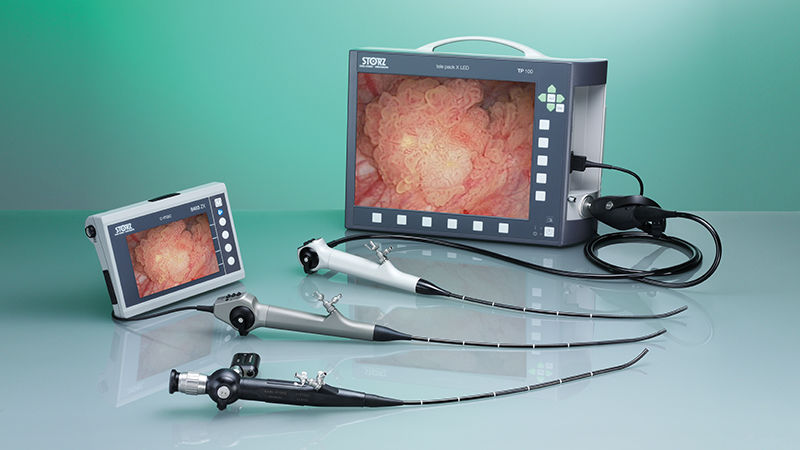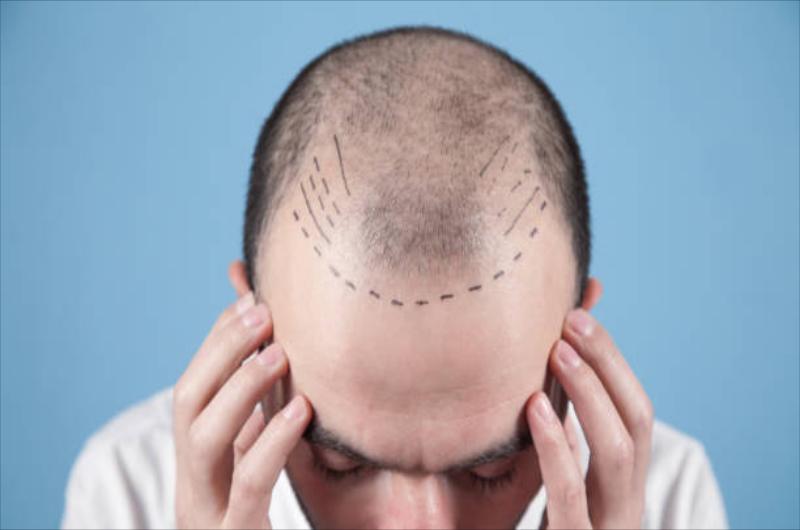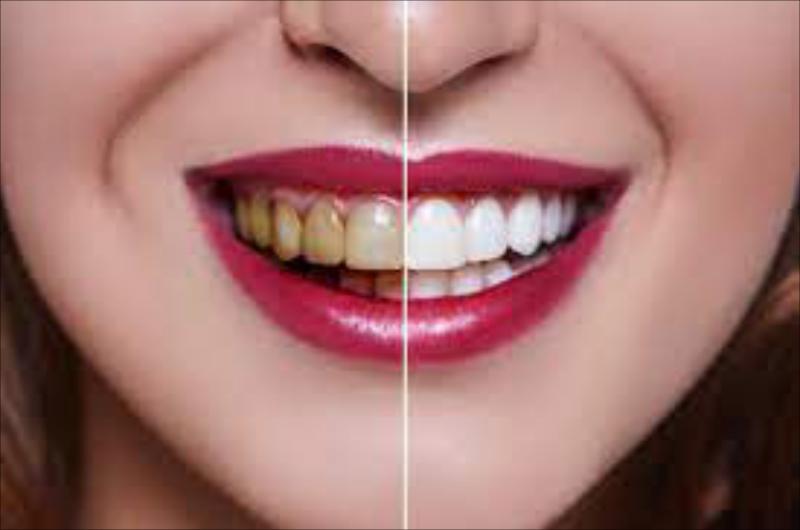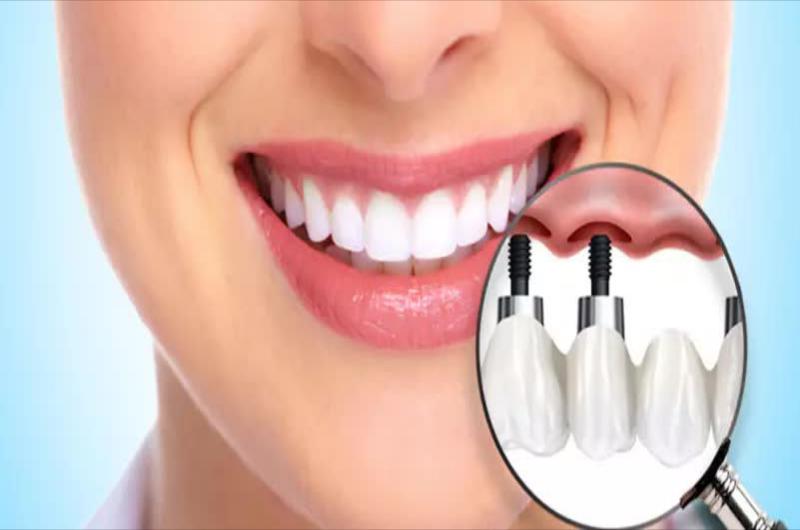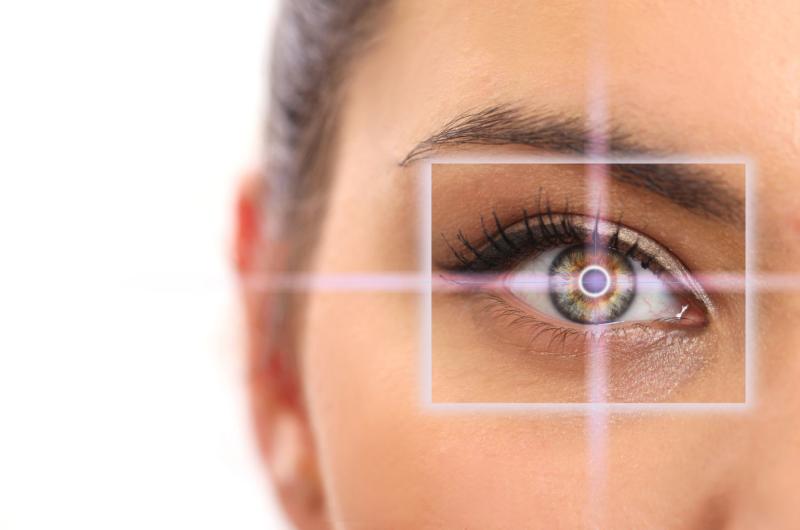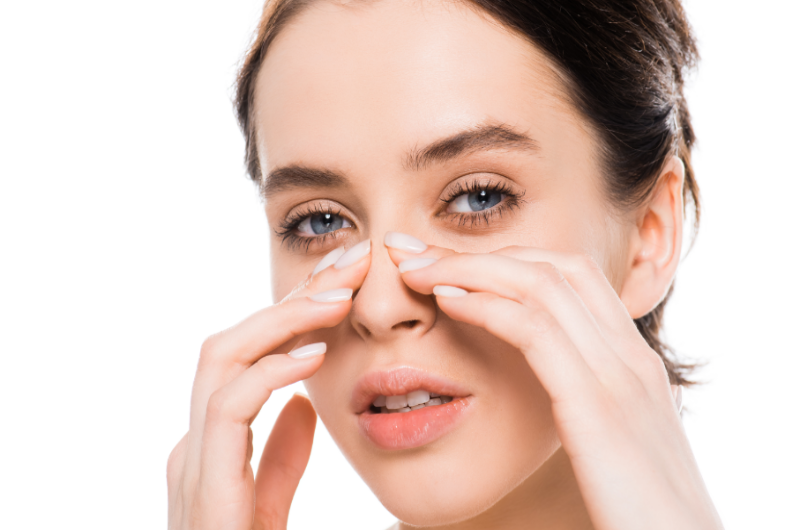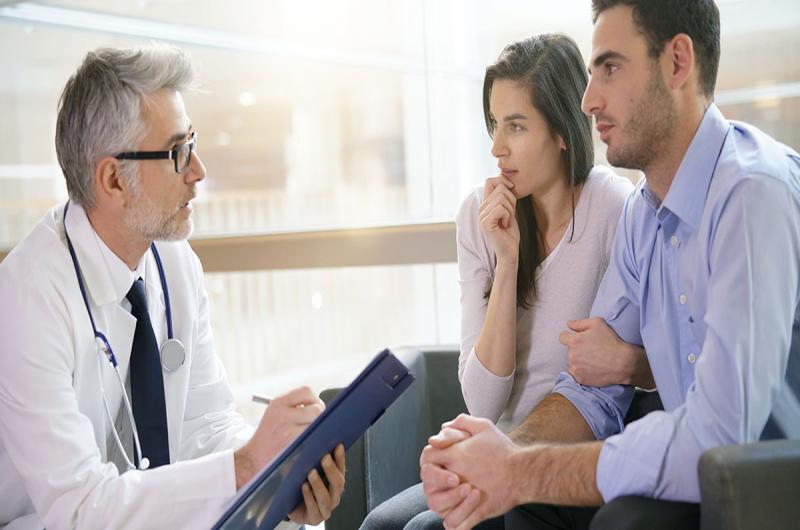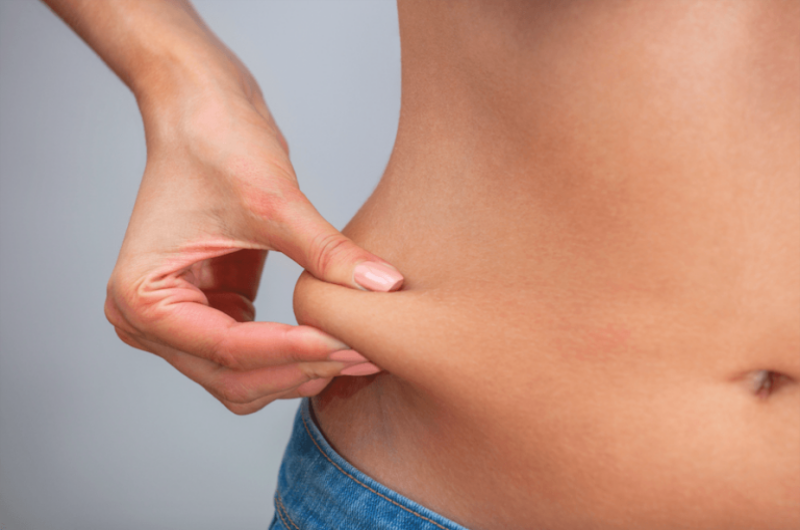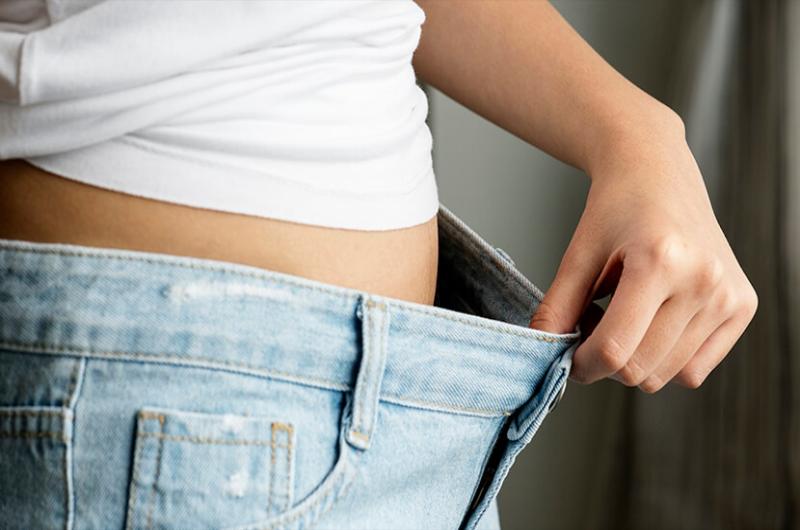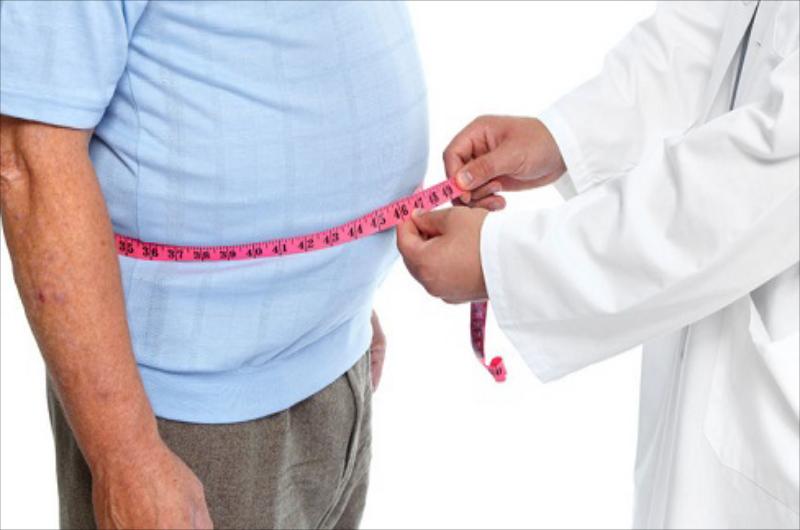About Treatment
Bladder cystoscopy is an endoscopic examination, that is, a visual examination of the walls of the urethra, bladder and ureter exits with the help of optics in order to identify pathology. It is a diagnostic procedure, however, it enables targeted biomaterial sampling (simultaneous biopsy) when pathological lesions are detected, drugs are administered.
The study allows not only to examine the cavity of the bladder, but also to evaluate the functions of each kidney separately by the nature of the discharge from the right and left ureters, since they open in the bladder and are well visualized during the procedure; can be used as an auxiliary method for the diagnosis of prostatitis, adenoma and prostate adenocarcinoma - thus, medical indications for cystography are quite wide.
The procedure can be prescribed at any age and is the main diagnostic method for some diseases of the genitourinary system, when safer research methods (ultrasound, radiation, magnetic resonance) do not provide the necessary information, as well as if it is necessary to take biomaterial from the foci of inflammation for histological examination / neoplasms, foreign bodies (obtaining samples of urinary stones in order to clarify their composition in order to prescribe the correct treatment and diet). If stones are found, small formations can be destroyed and removed using an endoscope, polyps can be removed and sent for analysis.
In the presence of ulcerative lesions of the mucosa, electrocoagulation (cauterization) of the damaged areas can be done.
It is also possible to obtain a discharge of each ureter in order to assess renal function, diagnose inflammation (infectious or autoimmune, unilateral or bilateral). This is especially important when planning an operation to remove one of the kidneys, when the functional state of the remaining one will play a decisive role.
For tumors and inflammatory diseases of the prostate, cystography of the bladder in men will help determine the prevalence of the process on surrounding tissues, the degree and nature of the involvement of the bladder and urethra in the pathological process.
-
Cystoscopy tests
General urine analysis;
Biochemical analysis of urine;
Blood coagulation;These tests must be done a few days before the procedure.
-
Duration of Procedure
Duration of cystoscopy depends on disease, type of cystoscope and the qualifications of doctor and can continue from 5-10 to 45-60 minutes. The procedure is performed both as outpatient and inpatient.
-
Cystoscopy in Women
Women have a short urethra, so local anesthesia is usually used for diagnostic cystoscopy. When performing medical procedures that require more time than a simple examination, regional (spinal) or general anesthesia is used.
-
Cystoscopy in men
In men, the urethra is much longer, and cystoscope is more painful. Therefore, male patients are given general or spinal anesthesia (regardless of the purpose of study), and while moving the device through the urethra in order to straighten it, the penis is first raised and then lowered. This technique avoids mechanical damage to the urethral mucosa.
Cystitis and urethritis - pain, burning and pain during urination, pain in the lumbosacral spine, frequent urination in small portions of urine
Bladder tumors - the symptoms are similar to cystitis, however, atypical cells were found when examining smear from the urethra or urine
Prostatitis, adenoma and prostate adenocarcinoma - frequent urination, a feeling of incomplete emptying of the bladder, urinary incontinence / retention, nocturia (frequent nightly urination)
Sexual disorders in men (male infertility) - to assess the condition of the seed tubercle
Suspicion of urolithiasis with localization of stones in the bladder - pain in the lower abdomen, difficult painful urination in small portions, a feeling of insufficient emptying of the bladder, clouding of urine to a whitish hue, the appearance of salt crystals in the urine (crystalluria)
Enuresis - bedwetting (urination occurs while sleeping) in the absence of mental and neurological pathologies
Pyuria - excretion of pus in the urine (appearance of foreign light clots in the fluid, clouding)
Hematuria - blood impurities in the urine (discoloration and transparency of fluid, the appearance of blood clots) in the absence of injuries
Anomalies in the development of the genitourinary system or suspicions on them - to assess the volume and shape of the reservoir and urinary tract
Evaluation of the effectiveness of treatment
Acute inflammatory processes in the bladder (acute cystitis), urethra (acute urethritis), prostate (acute prostatitis), testicles (acute orchitis) - in men, uterus and appendages - in women
Bleeding from the urethra of unknown etiology
Injuries to the urethra and bladder
Violation of the hemostatic system (hemophilia)
Pregnancy
Despite the fact that cystoscopy is a diagnostic procedure, with its help, like with the help of almost all endoscopic examinations, some therapeutic interventions can be performed:
Crushing and removing small stones
Removal of polyps, small tumors with their further study with simultaneous coagulation of wound surfaces
Coagulation of erosion and ulcers of the lost, bladder
Removal of clots or foreign bodies and restoration of urinary tract obstruction during obstruction with blood, pus or small calculi
The introduction of medicinal solutions, washing the bladder and urethra
After the termination of the anesthetic, patients usually experience slight discomfort and burning in the urinary tract, worse when urinating (especially after cystoscopy in men), frequent urination. After applying a rigid endoscope, light pink mucus may be released. To reduce pain, it is recommended to increase the amount of fluid consumed (which, in turn, will reduce the concentration of urine), use a single painkiller.
If symptoms persist within three days or fresh blood, chills, fever, you must immediately return to the clinic or call a doctor.

